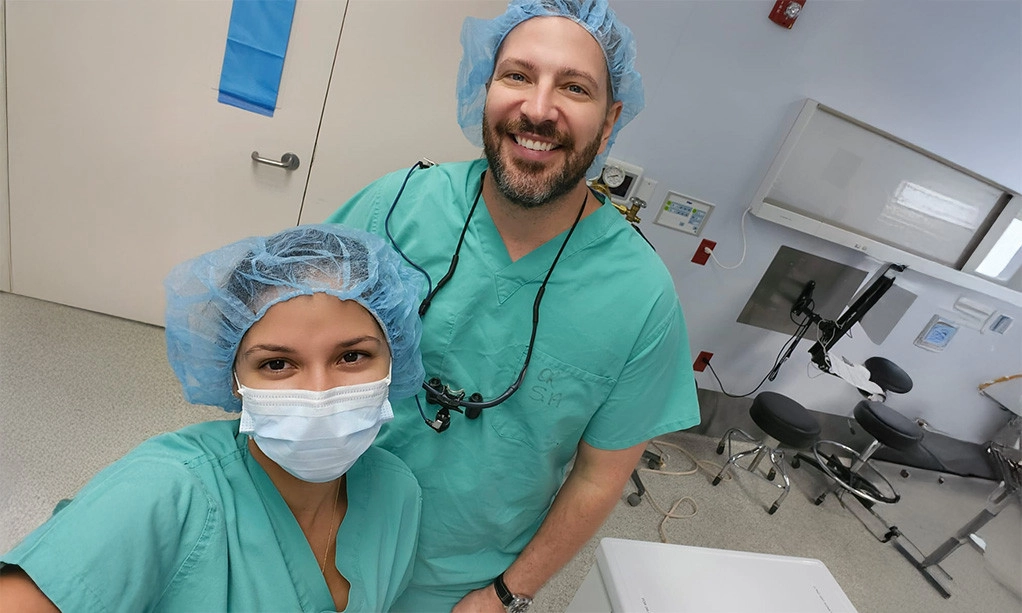
Treatment with General Anesthetic O.R privileges at HSA
Some dental treatments just don’t work well in a standard chair. Whether it’s because of medical complications, deep-rooted anxiety, or the need for multiple procedures in one sitting, general anesthesia becomes the practical path forward.
In such cases, the dental care begins at the clinic but takes place at the operating room of the Health Services Authority (HSA). Here, a team of medical anesthesiologists oversees sedation, while the dental procedure is carried out in a fully equipped hospital setting. It’s a smooth collaboration between clinical precision and patient safety — designed for those who need a little more than routine care.
When Is General Anesthesia the Right Choice?
General anesthesia isn’t common for everyday visits, but some situations call for it. Maybe a patient needs several teeth removed in one go. Maybe they’ve tried local numbing agents before but still found it hard to sit through a session. Others may have conditions — physical or neurological — that make dental work stressful, or even unsafe, in a normal clinic environment.
For these individuals, undergoing treatment under full anesthesia allows the entire procedure to happen in one session, without the body reacting to discomfort or stress. It's less about sedation and more about making care possible when standard approaches fall short.
How the Process Works
Everything starts well before the procedure itself. The patient first meets with both the dental team and the anesthesiologist. This step isn't just a formality — it’s a full review of health conditions, current medications, and past experiences with anesthesia, if any.
On the day of the procedure, HSA's operating room is equipped with state-of-the-art monitoring equipment, including devices that measure breathing, heart rate, oxygen saturation, blood pressure, and complete airway support systems. The anaesthesia will be administered and monitored by medical professionals, and you will be soundly asleep throughout the process.
Once the work is done, the patient is taken to recovery and monitored until fully alert. Before discharge, they’re given instructions on post-op care, including what to expect and how to stay comfortable in the hours and days that follow.
Who Typically Benefits from This Option?
This route is especially helpful for people who can’t easily tolerate long procedures or conventional dental setups. That might include:
- Children or adults with significant anxiety or special needs
- Individuals scheduled for full-mouth restorations or multiple surgeries
- Patients with strong physical reflexes or medical histories that complicate in-chair treatment
For these patients, the ability to undergo everything at once — in a setting built for safety — changes the experience entirely.
Why Hospital-Based Care Matters
In addition to the safety of a clinical operating room, dental procedures performed in a hospital setting benefit from collaboration between the dental and medical teams. Patients usually appreciate the gratification of completing all necessary surgeries in a single visit, and the setting is designed to meet complex needs.
What Comes Next?
The first stage is a consultation, during which the care team will assess your unique case and collaborate with the HSA. From scheduling to recuperation planning, every aspect is meticulously managed to assure your safety and peace of mind during the process.
If local anaesthesia does not meet your demands, whether physical, emotional, or procedural, this option may be worth considering.

